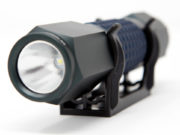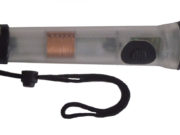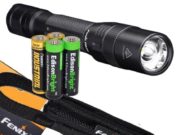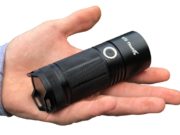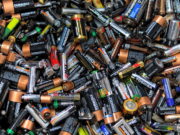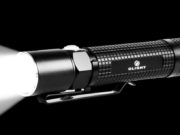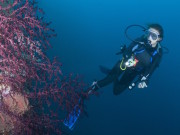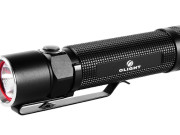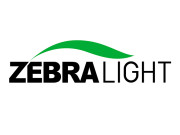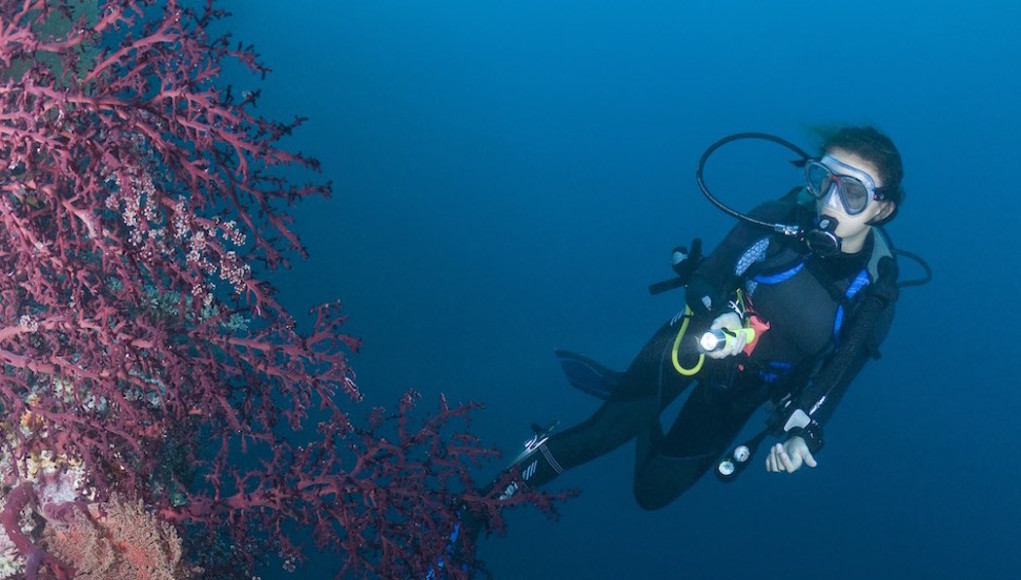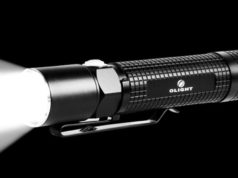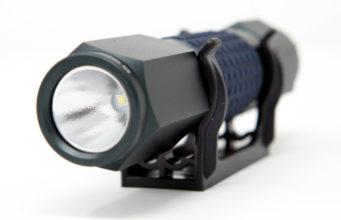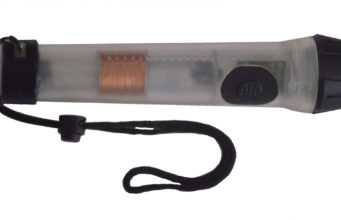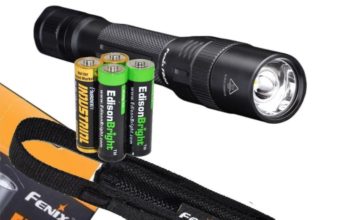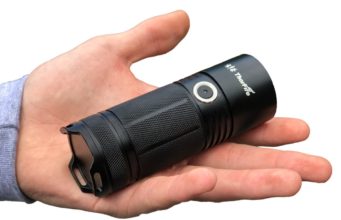Underwater or Dive Lights are something of a specialty area in the flashlight world, with some of the conventional wisdom of flashlights being turned on its head.
For starters, we are always banging on about size and weight being crucial factors in the decision-making process when buying a flashlight. This is much less of a deal-breaker when looking at the best underwater flashlights – here you’re not subject to the same weight restrictions as on land, so are far more likely to consider the brightness and the runtime of the light.
Also, for obvious reasons a dive flashlight must be super-reliable. You can literally be betting your life on the reliability of the light, particularly if you’re diving at night or exploring a wreck. For this reason, we go against our conventional reasoning again and prefer alkaline batteries – especially for occasional scuba divers who may not notice that their lithium-ion batteries have started to go bad. Put in a fresh set of alkaline before your dive, and you know that you’re good to go.
So, the main points we think you should be looking at when considering an underwater flashlight are:
Brightness / runtime
Usually, these two are a trade-off because you can’t add to the runtime without either reducing the brightness or adding to the weight. But, as we’ve discussed, weight is less of an issue in a dive light. So get the brightest light possible, with the longest runtime. Yes, compared to a light you’d use on land, it’ll be big, unwieldy and heavy, but that’s less of a concern underwater.
Another spin-off benefit of being underwater is that you can use the flashlight for longer on full power without heat becoming an issue. The best dive flashlights employ water cooling to dissipate the heat from the LEDs and prevent the overheating problems that can occur on land. This means that your maximum output is available as long as you’ve got enough juice in the batteries, rather than being limited by a thermal cut-out, as with many powerful conventional flashlights.
Battery type
The initial high cost of rechargeable batteries can quickly be recouped if you’re using your flashlight on a regular basis and, of course, they’re more environmentally friendly than throwing away disposable cells. However, the big downside is that they go bad over time, and if you’re a casual diver you may not have noticed they’ve reached the end of their useful life.
If you dive on a regular basis, by all means go with rechargeables. But if you’re a vacation diver, play it safe and get fresh disposable batteries.
Back-up / secondary light
This is one of the few occasions when we recommend carrying a back-up light. However, if your flashlight happens to fail when you’re exploring a sunken galleon or passing through an undersea cave system, you can’t exactly pop back to the workshop to get a spare.
Your secondary light doesn’t have to be to the same spec as your primary. It’s purely there as a safety net, to give you back-up illumination to get out of whatever situation you’re in and get to the surface. A compact light that you can tuck away in a pocket is probably best here. Shorter runtimes aren’t going to matter, so the size can be much smaller.
Our recommended underwater flashlights
Underwater Kinetics eLED Light Cannon
You know you’re talking about a serious piece of kit when the Low power mode is 530 lumens! At that output level, it’ll run for 14 hours, thanks to its eight C cell batteries. Crank it up to High power, and you’ve got 825 lumens for a still impressive 9 hours.
The Light Cannon comes with either a pistol grip or a lantern grip, depending on your preference. Or you can buy the alternative grip and easily swap it out as required.
The body is made of tough, non-corroding ABS and polycarbonate, and it comes with a rubber sleeve lanyard. It’s waterproof to 500 feet and is made in the USA.
You can also use the Light Cannon out of the water, with a thermistor limiting the power output to prevent damage by overheating.
Amazon buyer rating 3.8/5
Princeton Tec League LED Flashlight
The Princeton Tec League is used by many divers as their primary light, but we think it’s equally useful as a back-up light thanks to its relatively small size. Use the end loop to clip it to your belt, and you’ve a great secondary lamp in case anything happens to your primary.
The League pumps out a maximum of 260 lumens, with a runtime of 10 hours, meaning that it’s more suited to clear Caribbean waters and daytime dives than dark, murky lakes or nighttime expeditions.
Powered by 4 AA alkaline batteries, it’s a great choice either as a primary light for a vacation diver or as a secondary for a serious scuba diver. It’s waterproof to 328 feet.
Amazon buyer rating 4.2/5
LED Lenser D14 Diving Flashlight
For the casual diver, or as a back-up for a more experienced diver, the LED Lenser D14 is another solid choice.
The D14 pumps out 135 lumens for 4 hours, and is useful down to a depth of 197 feet. It takes 4 AA batteries and uses special magnetic switches instead of mechanical switches to reduce the risk of corrosion over time.
It comes with a lanyard with a tightening toggle to ensure it can be safely secured to your wrist.
Amazon buyer rating 4.9/5

